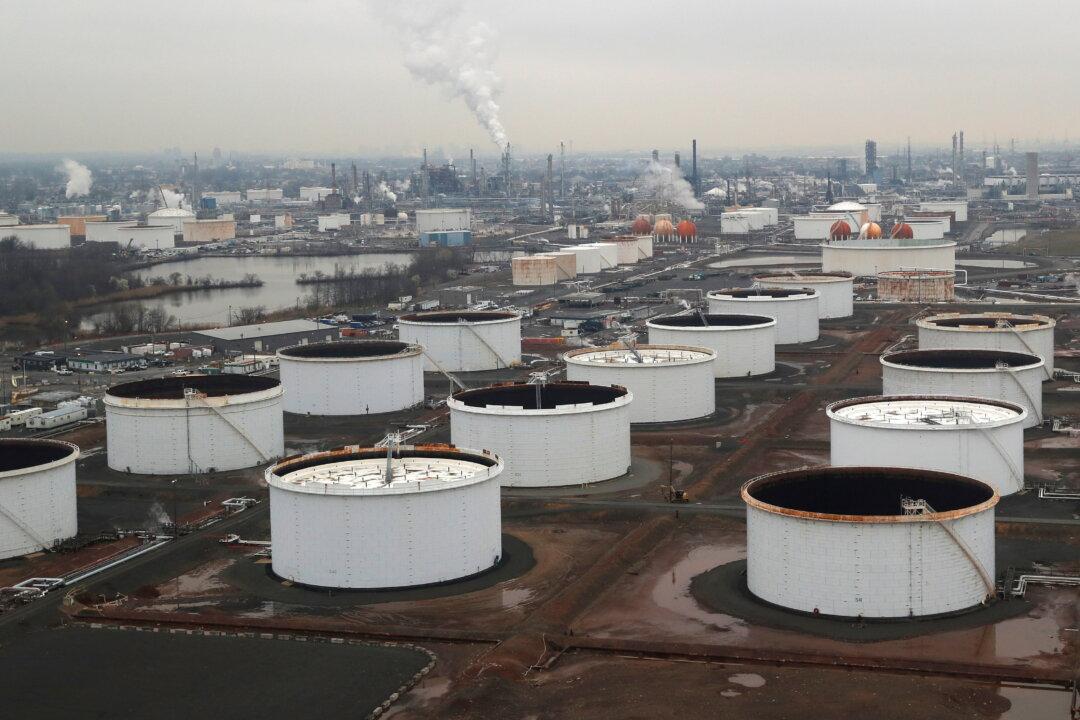LONDON—Oil prices rose on Friday, on track to notch their first weekly rise in two months after benefiting from a bullish forecast from the International Energy Agency (IEA) on oil demand for next year and a weaker dollar.
Brent futures rose 21 cents to $76.82 a barrel at 0918 GMT. U.S. West Texas Intermediate (WTI) crude also climbed 21 cents, to $71.79.





